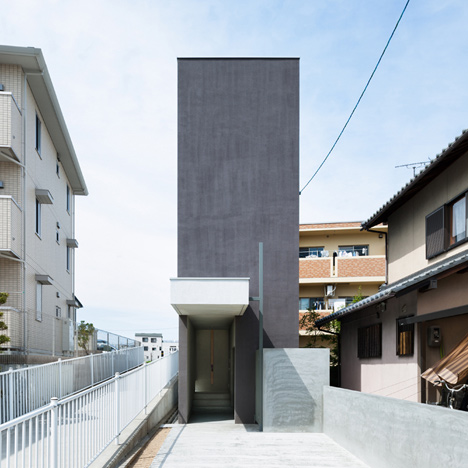
Skinny houses: "it's amazing how important one inch of space becomes"
Feature: narrow homes have become increasingly popular in Japan, but can these awkwardly shaped residences offer housing solutions to other cities around the world, asks Dezeen deputy editor Amy Frearson.
Skinny houses aren't a new idea. Architects have been slotting small numbers of buildings into spaces they don't quite fit into for centuries. However a growing trend for micro-homes – compact city dwellings with areas rarely exceeding 30 square metres – has sparked a renewed interested in narrow houses.
The quest to find new spaces in increasingly dense, overpopulated and expensive cities is also making these buildings a more attractive prospect for people who are struggling to find land to build on as prices escalate. In London alone, land values rose by over 13% last year.
"There is so much pressure on land that there is more incentive to make interesting use of less conventional sites – many of which will be long and thin," explained British architect Jack Woolley, whose projects include a 3.2-metre wide house and workshop slotted behind a brick wall in London.
"The narrowness is often what makes these sites so special," he told Dezeen. "The most difficult issue is circulation."
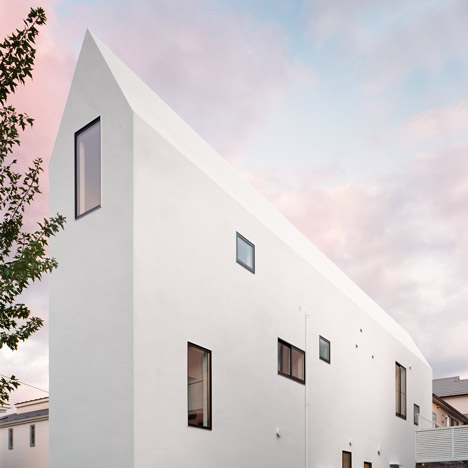
The recurring precedents for this kind of dwelling are found in the densely populated cities of Japan, where skinny houses are referred to as eel's beds or nests, and are usually between two and five metres in width. By comparison, most of the standard new-build houses in England – often referred to disparagingly as rabbit hutch housing thanks to their below-standard sizes – are over 5.2 metres wide.
To create functional layouts within these narrower Japanese buildings, architects tend to drop the corridors and arrange rooms in sequence.
"Japanese people are a rare group who have a mentality of finding aesthetics in smallness and narrowness," said Satoshi Kurosaki, whose Tokyo firm Apollo Architects & Associates has completed dozens of compact city residences around Japan.
"In Tokyo and other Japanese cities, most land is limited, highly dense, and 'smallness' exists in daily life," said the architect. "Having the limited space led us to develop techniques for details and a smart lifestyle was born."
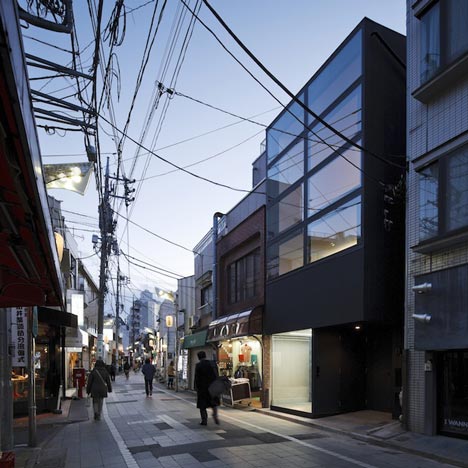
One of the most widely celebrated examples of the Japanese narrow houses is Tadao Ando's Row House, completed in 1973. At just over three metres wide, the building featured an uncompromising simplicity that spawned hundreds of replicas across the country.
Kurosaki thinks the key to projects like this is to avoid thinking about narrowness as a negative factor and treat it as an opportunity to keep things simple and uncluttered.
"In cases of narrow houses, too many uses should not be put in," he said. "Dividing space into smaller rooms is possible, but separating it is not. We make sure that one space is arranged as loosely as possible and we try to secure a rational line of flow."
"Keeping it from being monotonous is important, by creating differences in level and gaps in the ceiling height, and by adding rhythm moderately in the space," he added. "Creating a blank space such as an atrium tends to make the space bigger, thus it is key."
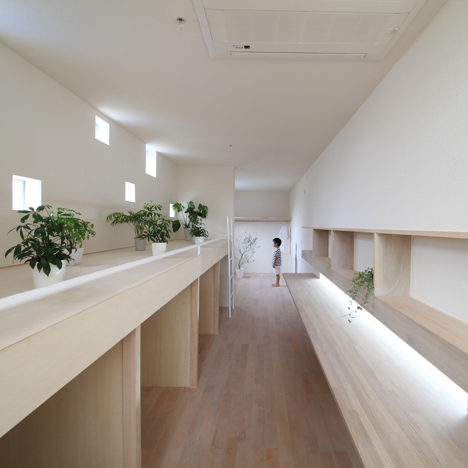
Can the success of this typology in Japan be repeated in other countries? Kurosaki is sceptical, as he believes these kind of homes will always be restricted by the cultural habits of their residents, which vary greatly in other nations.
"People all over the world are becoming aware of the charm of a compact space, as we see many special features on the theme of 'small' everywhere now days," he said.
"However, if you ask me whether the Japanese housing can be exported to the world just as it is, I would say no. Because the concept of small differs in each country. The modules have to fit different lifestyles to effectively utilise space."
"Architects will need to customise the narrow house ideas established in Japan to suit the various characters, cultures and customs of each nation," he added.
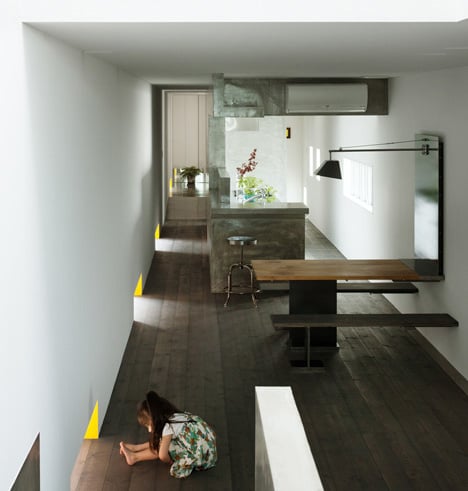
But Tristan Wigfall, one of the directors of London studio Alma-nac, believes narrow houses offer a realistic solution to the growing demand for inner-city family homes in the English capital.
"With the current housing crisis it is imperative that we create efficient homes that fully utilise all pockets of urban space," said the architect, who completed an extension to a 2.3 metre-wide terraced house in London last year.
Like Kurosaki, Wigfall also warns that a "one-size-fits-all strategy" is potentially hazardous. "Characteristically, when working on infill sites we have to come up with bespoke solutions, which mean that the outcomes can sometimes differ from the norm and be quite striking as a result," he explained.
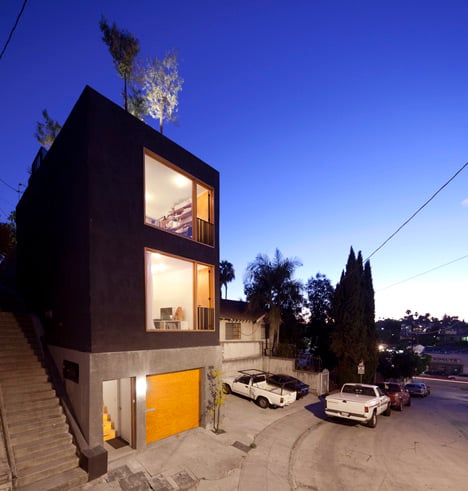
Skinny houses have even started to crop up in Los Angeles, whose sprawling urbanism couldn't be further removed from Tokyo's dense cityscape. LA architect Simon Storey is behind one of them – a house named Eel's Nest, in a nod to its Japanese counterparts.
"This was the first time I had worked on a narrow house," the Anonymous Architects principal told Dezeen. "It took a lot of fine-tuning the design. It's amazing how important one inch of space becomes when you're dealing with such a confined width."
Storey believes a new piece of city legislation encouraging the construction of narrow residences could usher in a new wave of more space-efficient dwellings in the American city.
"It might take a while before it becomes an established typology," he said. "But LA is the perfect place for it to happen because it's very spread out and could be a better place if it had greater density of living and less commuting."
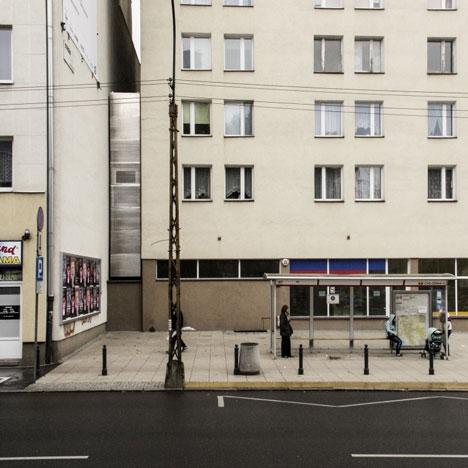
So what is the key to creating comfortable living spaces in skinny houses? Polish architect Jakub Szczesny asked this question with his attempt to build the world's narrowest house in 2012. At just 122 centimetres at its widest point, Keret House tested the limits of confined living. The house was only wide enough for a single bed and very little furniture.
An angular wall covered in windows was key to getting enough light inside, while a double-height entrance space helped to create a feeling of spaciousness.
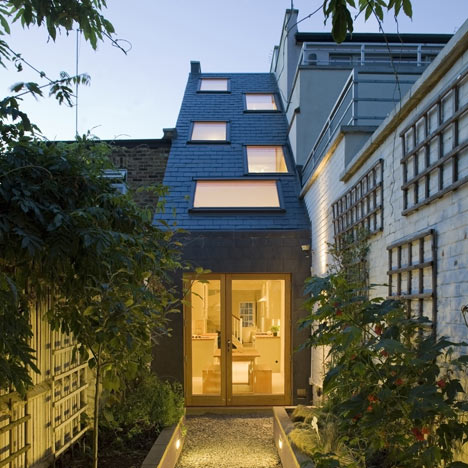
According to Wigfall, the design process is not dissimilar to planning the interior of a boat, where "spaces are not conceived in a two-dimensional manner but by fully utilising the three dimensions of a volume".
"Far too often properties are merely judged on square footage and not three dimensional volume which can have a huge effect on how comfortable a space can feel," said the architect, who is now working on a residence that is just under two metres wide.
He also suggests being strategic with window placement. "A key idea is to ensure that external openings are visible from as many vantage points as possible, so for instance, configuring windows so they are located at the end of internal corridors to avoid dark dead ends."
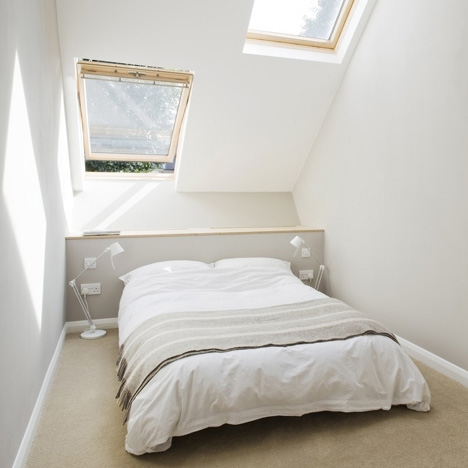
"Spatially it is critical that the spaces are well organised so that rooms can be multi-functional and retain a sense of calm," he said. "Other tricks include creating 'through rooms' that do not need to be enclosed spaces, such as studies or dressing rooms."
Considering all of these factors, Wigfall can't see any reason why this typology shouldn't become more popular, if planners outside of Japan will embrace the concept. "For this to become a reality we need to have more forward-thinking planning authorities who are willing to consider this inventive approach to housing."